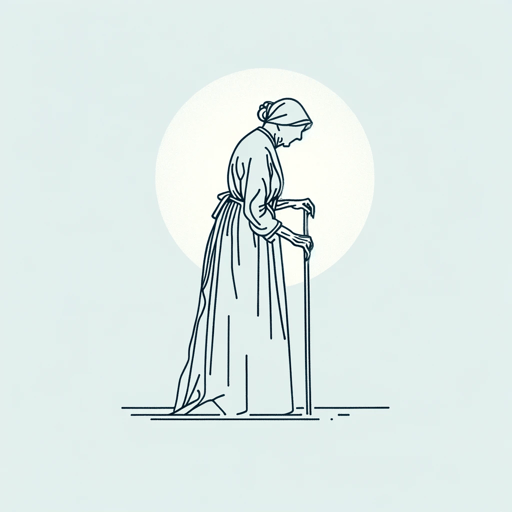30 pages • 1 hour read
Sherwood AndersonHands
Fiction | Short Story | Adult | Published in 1919A modern alternative to SparkNotes and CliffsNotes, SuperSummary offers high-quality Study Guides with detailed chapter summaries and analysis of major themes, characters, and more.
Background
Authorial Context: Sherwood Anderson
Sherwood Anderson was a successful American novelist of the 1920s and 1930s. Besides his enduring works of both fiction and nonfiction, Anderson is infamous for the “myth” surrounding his mental health crisis in 1912, a four-day fugue state resulting in amnesia, and dying after ingesting a toothpick that punctured his intestines.
Many important Modernist writers—including William Faulkner and Ernest Hemingway, who both won the Nobel Prize for Literature—were influenced by Winesburg, Ohio. Anderson’s unsentimental depiction of small-town American life became a mainstay of American literature after 1920, although only one of his works became a bestseller during his lifetime: Dark Laughter (1925), a novel inspired by time he spent in New Orleans.
Born on September 13, 1876, in Camden, Ohio, Sherwood Anderson grew up in the nearby town of Clyde, which forms the basis for the fictional Winesburg. As a teenager, Anderson dropped out of school and enlisted as a soldier in the Spanish-American War. He later re-enrolled in Wittenberg Academy in 1900 and graduated from high school at age 23. Anderson began writing as a copywriter for a trade periodical, Agricultural Advertising, in 1903, drawing on his experience of rural tradesfolk from Clyde. The character of George Willard, a young reporter for the Winesburg Eagle, may be based on Anderson’s journalism experience.
Related Titles
By Sherwood Anderson





